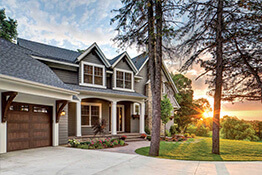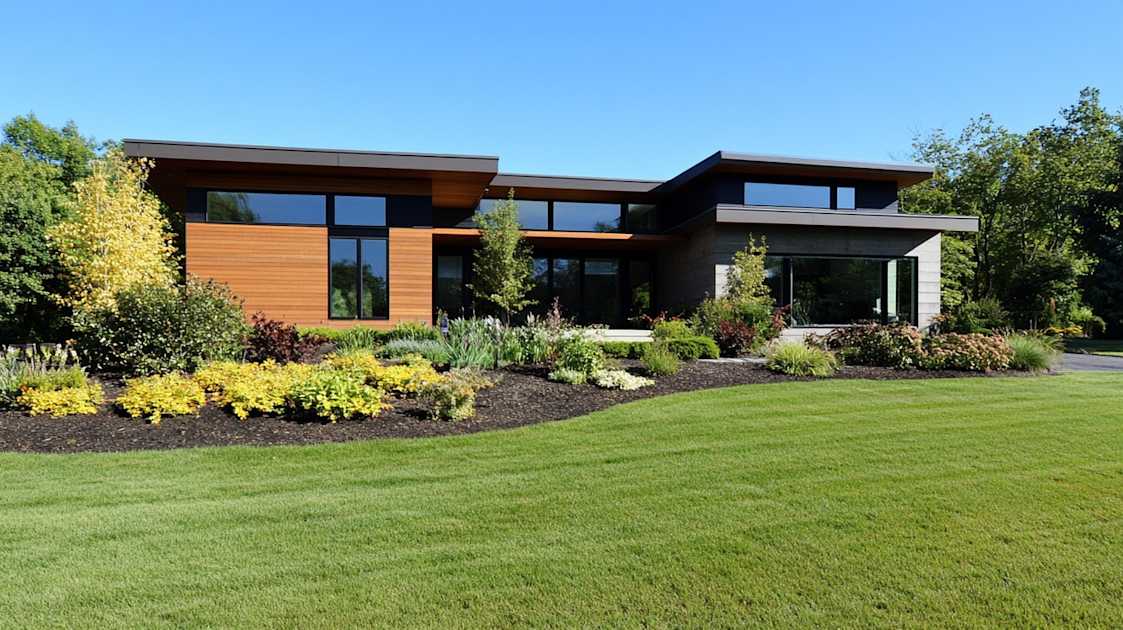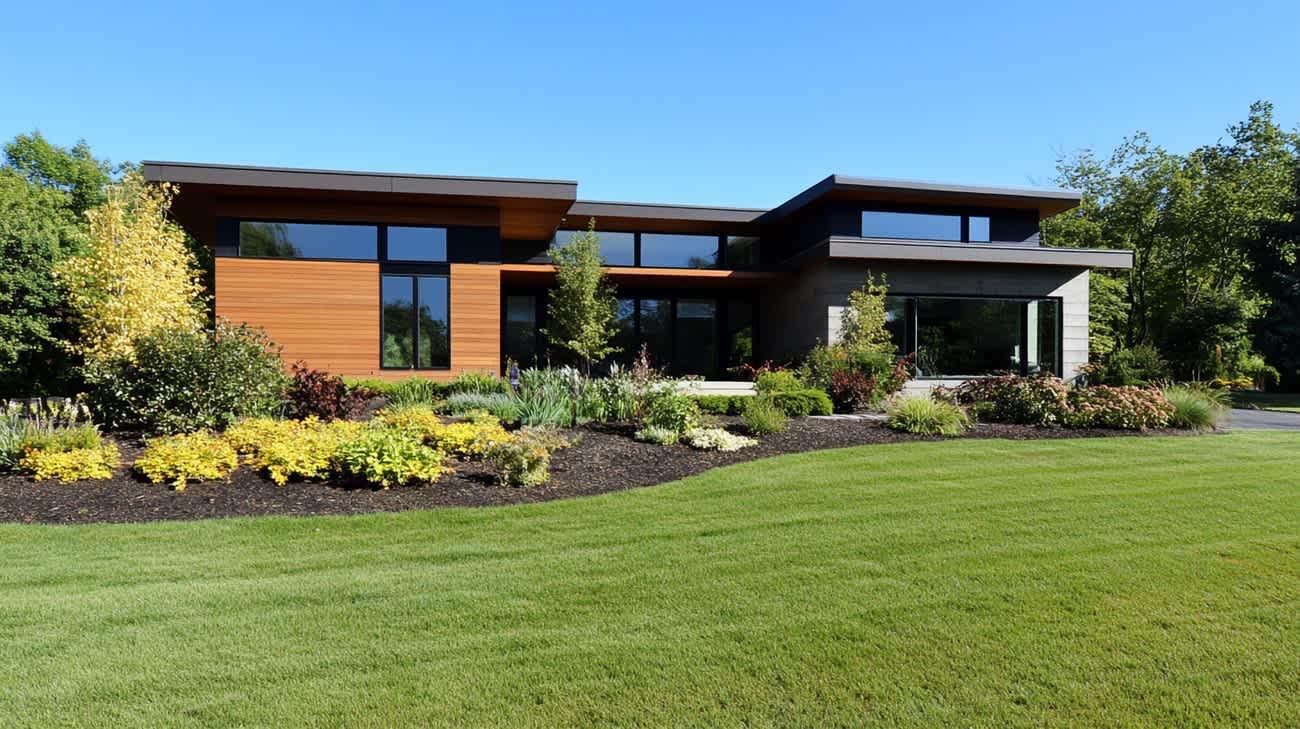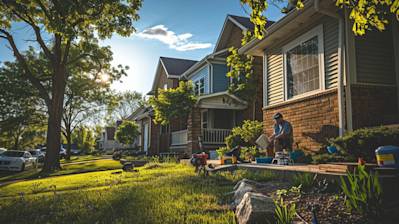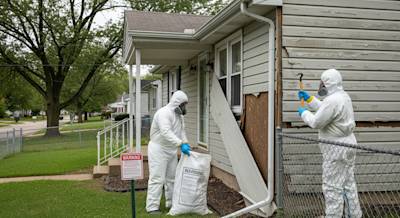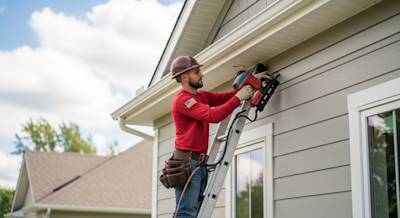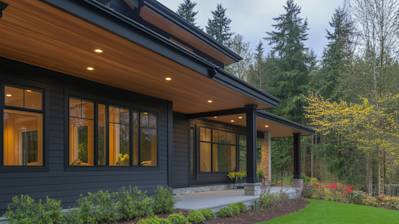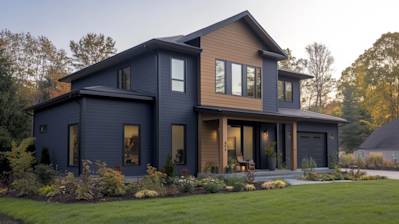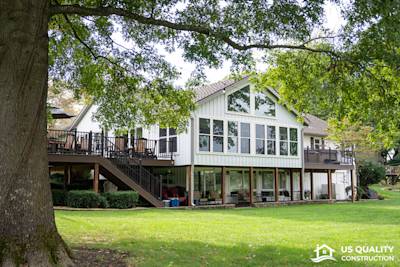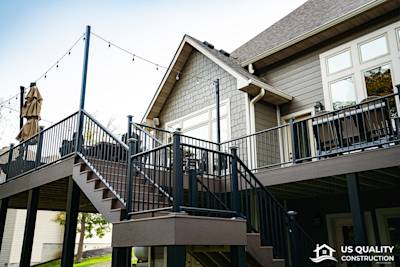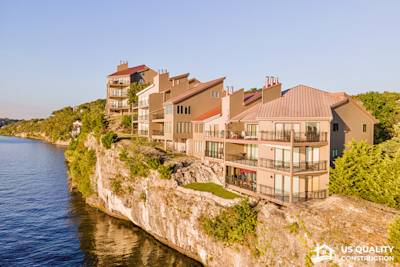Are you looking to renovate your home, focusing on improvements that enhance its functionality, energy efficiency and resilience? If so, you may want to consider introducing insulated siding to your dwelling. Insulated siding, also known as thermal or foam-backed siding, has been gaining considerable popularity amongst homeowners due to the array of benefits it offers. In this article, we’ll provide a deep dive into the world of insulated siding, its features, benefits, and how it can make a significant difference in your home environment.
Understanding Insulated Siding
Insulated siding is a type of vinyl siding that comes with a layer of rigid foam insulation. This layer is fused behind the surface of the siding during the manufacturing process. The merger creates a one-piece product that effectively merges the appearance, finish and durability of traditional vinyl siding with the energy-efficient attributes of the insulating foam.
Key Features of Insulated Siding
While the design and manufacturing process of insulated siding may seem straightforward, its functionality lies in the features it brings to your home. Below are some of its key features:
Rigid Foam Insulation: The insulating foam is what sets insulated siding apart from traditional siding. It provides an insulation value of R-2 to R-2.7, making a marked difference in your home’s energy efficiency.
Weather Resistant: Insulated siding is built to withstand harsh weather conditions like extreme cold, heat, wind, rain, and even hail storms. This makes it an excellent long-term investment for your home.
Noise Reduction: Insulated siding, due to the foam layer, reduces outdoor noise - ensuring that your home remains peaceful despite the hustle and bustle outside.
How Insulated Siding Improves Energy Efficiency
One of the critical reasons why homeowners are switching to insulated siding is its contribution to improving the energy efficiency of their homes. But how exactly does it work? Here are the essentials:
Thermal Bridging: Insulated siding prevents thermal bridging - where heat escapes through wall studs and other framing members. This dramatically improves the overall insulation of your home.
Stable Indoor Temperatures: By reducing heat transfer, insulated siding helps in maintaining a consistent indoor temperature, whether it's in the peak of summer or the middle of winter.
Lower Energy Bills: Stable indoor temperatures mean your heating and cooling systems need to work less, resulting in significant savings on energy bills.
Installation and Maintenance of Insulated Siding
Installation of insulated siding is typically carried out by professionals. It's vital to ensure correct installation to prevent any gaps that might compromise insulation. The professionals make sure to leave appropriate space for expansion and contraction, to prevent warping or buckling of the siding under different weather conditions.
Maintenance of insulated siding is surprisingly low. Its color doesn't fade with time, while a simple power wash can keep it looking as good as new. Insects, pests, or weather effects do not easily damage it, adding to its durability.
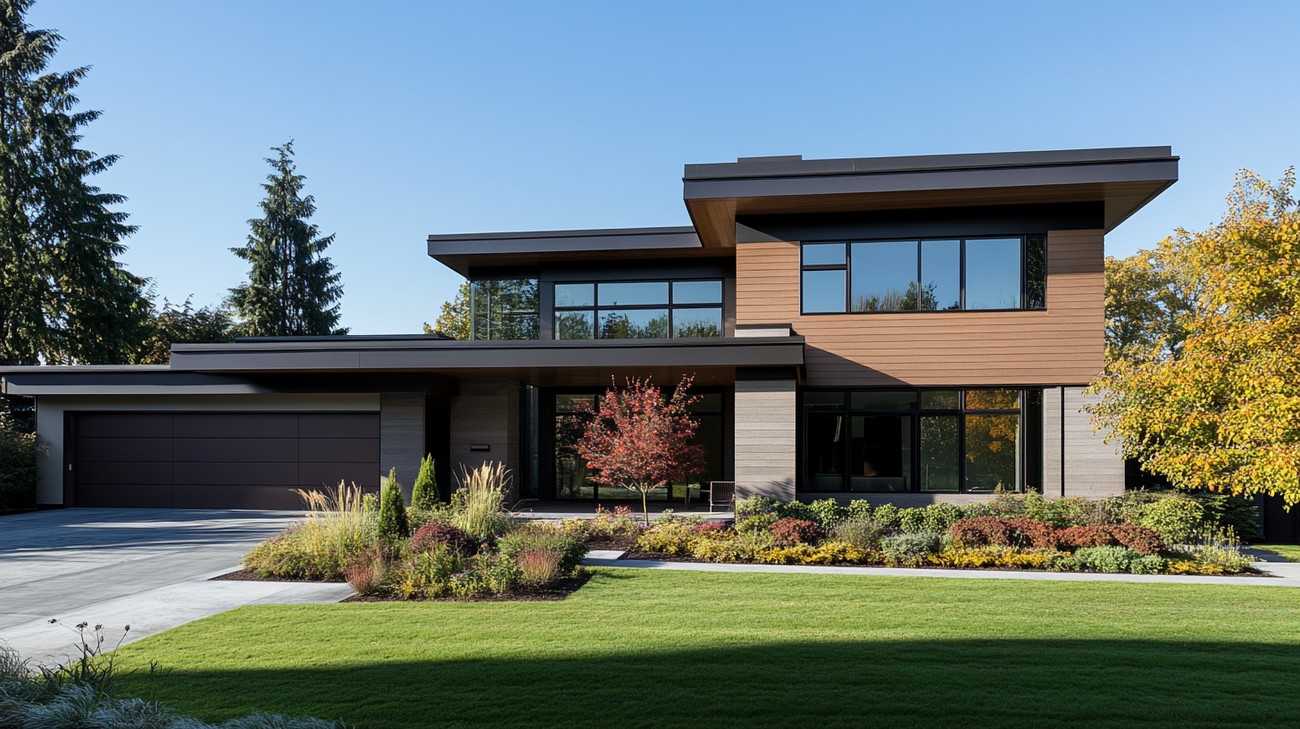
Frequently Asked Questions about Insulated Siding
How does insulated siding work?
The insulation built into insulated siding works by creating a buffer between the exterior of your house and the external environment. This helps to isolate your home from the outdoor temperatures, whether they are hot or cold. Therefore, it reduces the amount of heat loss or gain through the walls, which can help to keep your home more comfortable throughout the year.
Is insulated siding more durable than traditional siding?
Yes, insulated siding is typically more durable compared to traditional siding. The additional layer of insulation lends extra strength and rigidity to the siding, helping it to hold up better in the face of severe weather and impacts. Furthermore, insulated siding is also less likely to shift or warp over time, which can extend the lifespan of the siding.
Will insulated siding affect the look of my home?
Insulated siding comes in many aesthetic varieties and finishes, similar to traditional siding. You can find insulated siding that mimics the look of wood, brick, stone, and more. Therefore, you have the flexibility to select an insulated siding that matches the architectural style of your home and enhances its look.
How does insulated siding contribute to energy efficiency?
Insulated siding can play a significant role in improving your home's energy efficiency. The extra layer of insulation minimizes the heat transfer between your home and the external environment, which can help to reduce your heating and cooling costs. This means that your HVAC system doesn't have to work as hard to maintain a comfortable temperature. Additionally, the insulation can also help to prevent drafts, contributing to the overall energy efficiency of your home.
What types of insulation are used in insulated siding?
The most common type of insulation used in insulated siding is Expanded Polystyrene (EPS). However, manufacturers might use other types of foam insulation materials such as XEPS (Extruded Expanded Polystyrene Foam) or Polyiso (Polyisocyanurate). Each insulation material has its benefits, with EPS being one of the most cost-effective and environmentally-friendly insulation materials available.
Does insulated siding require special installation?
No, insulated siding does not require special installation. It can be installed by any professional siding installer following the manufacturer's instructions. However, due to the insulation layer, it may be slightly heavier than traditional siding, which might increase installation time slightly.
How do I maintain insulated siding?
Insulated siding requires little to no maintenance. Windows, doors and other penetrations may require re-caulking over time, but beyond that, a simple gentle pressure washing once a year should be enough to keep your insulated siding looking its best.
Can insulated siding be recycled?
Yes, many types of insulated siding are recyclable. When the siding has reached the end of its lifecycle, it can be taken to a recycling facility to be processed. The EPS insulation, in particular, can often be recycled back into new EPS products.

Pros of Insulated Siding
Energy Efficiency
Quite simply, insulated siding is a decisive way to improve the energy efficiency of your home. It acts as an additional layer of insulation, reducing heat transfer and enabling your heating and cooling systems to work more efficiently. This can translate into considerable savings on your energy bills over time. Moreover, it is eco-friendly, as reducing energy consumption means less carbon emissions.
Green Building Codes Compliance
As governments and industries move towards greener practices, insulated siding offers an excellent way to ensure that your property complies with green building codes and regulations. With increasing scrutiny on the energy performance of properties, this simple step could notably increase your home's value.
Durability
Insulated siding is known for being very durable. It is designed to withstand and resist harsh weather conditions, which includes high winds, heavy rains, and extreme temperatures. This durability means it can offer a longer life span than traditional siding options.
Noise Reduction
An added benefit that tends to be overlooked is the noise reduction qualities of insulated siding. The added layer of insulation can effectively dampen noises from outside, making your home a quieter and more peaceful place to be.
Easy Maintenance
Insulated siding requires very little maintenance. Once installed, it can endure for many years without any signs of wear and tear. It also does not require any painting and can be easily cleaned with regular household products.
Cons of Insulated Siding
Initial Costs
The major drawback of insulated siding is the initial cost of installation. It's more expensive than traditional siding alternatives such as vinyl or wood. For those operating on a tight budget, this expense might be a roadblock.
Installment Complexities
This type of siding requires professional installation due to its complexities. If it's not properly installed, it can lead to condensation issues, which over time could cause problems with the structural integrity of the home.
Limited Aesthetic Options
Insulated siding does not offer the same variety of aesthetic choices as other types of siding such as wood clapboard or fiber cement. Although advancements have been made in recent years, the options in terms of colors, styles, and textures are still more limited.
Potential for Moisture Trapping
If not correctly installed, insulated siding can lead to moisture being trapped between the siding and the house. Over time, this trapped moisture can cause mold and mildew problems, and in extreme cases, structural damage.
Repair Issues
On the downside, if insulated siding gets damaged, it can be tough to remove and replace individual sections. This can increase the cost of repair and may even require replacing large sections, if not all, of the siding.

Myths and Misconceptions about Insulated Siding
All Siding is Insulated
Believe it or not, not all siding is created equal. Many people hold the belief that all siding is inherently insulated, but this is far from the truth. Uninsulated siding is common and does not provide the energy-saving benefits that insulated siding does. Insulated siding is specifically designed with a layer of insulating material (typically foam insulation) that is bonded to the back of the siding panels. This not only provides greater energy efficiency by reducing heat transfer through the walls of your home, but it also adds rigidity to the siding panels, helping them withstand impact without denting or bending.
Insulated Siding Doesn't Increase Home Resale Value
Many homeowners mistakenly believe that investing in insulated siding won't increase their home's resale value. The truth is, insulated siding can substantially enhance the worth of a home given its energy-saving and aesthetic benefits. Potential buyers are often interested in energy-efficient homes, and insulated siding can be a significant selling point in this regard. Plus, because insulated siding keeps its shape and color better than traditional siding, homes with this premium product are sure to impress onlookers, making them more desirable on the real estate market.
Insulated Siding Only Offers Energy Saving in Winter
Some believe the benefits of insulated siding are only noticeable in colder months. This myth likely stems from the association between insulation and keeping a home warm in the wintertime. While it's true that insulated siding can help keep your home warm in the winter, it also works the other way round. Insulated siding helps to cool your home during the summer months by reflecting, rather than absorbing, the sun's heat. This means your air conditioning system works less and you save energy and cost.
Insulated Siding Makes Your Home Completely Energy-Efficient
While insulated siding greatly contributes to a home's overall energy efficiency, it's incorrect to believe that it will single-handedly make your home completely energy-efficient. Many other elements contribute to the energy efficiency of a home, from the roof and windows to the appliances and heating/cooling systems. Insulated siding is an important piece of the puzzle, but it alone cannot make a home completely energy-efficient.
Insulated Siding is Difficult to Maintain
Many people are under the impression that insulated siding is more difficult to maintain than uninsulated siding. However, this is not the case. Insulated siding is designed to withstand harsh weather conditions and the test of time, and it requires minimal maintenance. If it gets dirty, you can simply rinse it off with a garden hose. You also won't need to worry about repainting it, as the color tends to be more fade-resistant compared to traditional siding.
All Insulated Siding is Expensive
One common misconception about insulated siding is that all options are expensive. While insulated siding can cost more upfront than traditional siding because of the added insulating material, there are a range of price options for homeowners to consider, depending on the brand, material and style. In addition, its energy-saving property can significantly cut down on heating and cooling costs, making it a worthwhile investment in the long run.
Insulated Siding Doesn't Impact Sound Transmission
Another myth is that insulated siding has no effect on sound transfer. Actually, the additional layer of insulating foam in insulated siding can help to reduce exterior noise, a desirable feature in noisier neighborhoods or urban areas. If peace and quiet is an important factor for your home comfort, don't overlook the benefit of insulated siding in reducing noise transmission.
Together, understanding and dispelling these misconceptions can empower homeowners to make informed decisions about siding options and recognize the numerous benefits that insulated siding can bring.
Summary
Insulated siding has managed to impress us with its dual performance of enhancing a house's visual appeal while bringing down energy costs. Fast emerging as the preferred choice of homeowners, insulated siding works as an added protective layer against harsh weather conditions. Serving as a fabulous insulator, it offers comfort and significantly reduces your heating or cooling bills by keeping your home warmer in winter and cooler in summer.
Let's face it, who wouldn't want a siding option that’s both efficient and requires less maintenance? The use of insulated siding isn’t just about energy economy; it's also about less hassle in overall upkeep. The convenience of its durability, coupled with its resistance to dents and cracking, makes it an appealing choice. This siding solution has the ability to withstand extreme temperature shifts and mitigate the impacts of thermal bridging, giving your home a confluence of style and practicality.
In this era of heightened environmental awareness, insulated siding also steps up as a greener siding alternative. Energy efficiency translates into less fuel consumption, which in turn leads to less carbon emissions. Not to forget, this type of siding can be recycled, making it an environmentally friendly choice. With insulated siding, you're not just creating a visually appealing exterior for your home, but you're also making a conscious choice to minimize your ecological footprint. Who knew siding could do so much, right?
About US Quality Construction
At US Quality Construction of Kansas City, MO, we're more than just a construction company - we're a tight-knit group of professionals who take immense pride in improving our beloved city, one building at a time. Our services span across various areas, from commercial construction to residential remodeling, all marked by unmatched quality and craftsmanship. Established in Kansas City, we hold an unwavering commitment to enhancing our community through our services. Our skilled team, rich with diverse experiences and specialties, channels their collective expertise to transform the ordinary into extraordinary. We're not just in the business of construction; we're in the business of creating lasting relationships through a foundation of trust, respect, and shared pride in the work we do. We are US Quality Construction—your partners in building a better Kansas City.
Tags: siding, home improvement, energy efficient,
